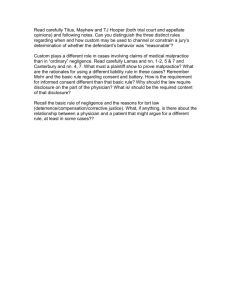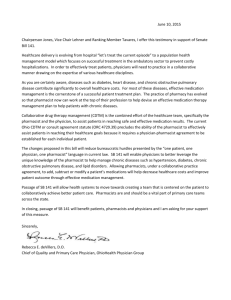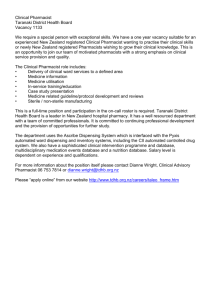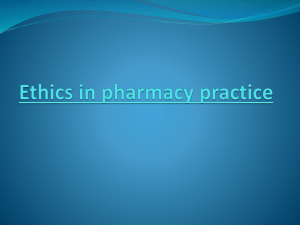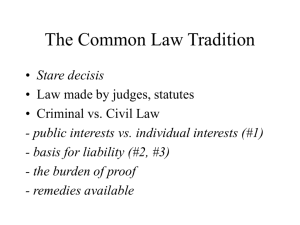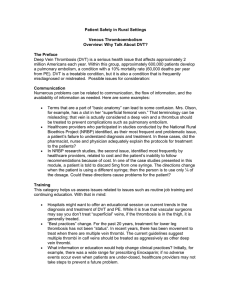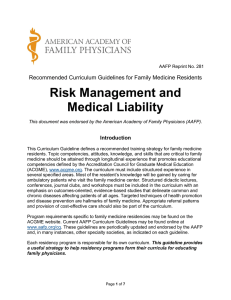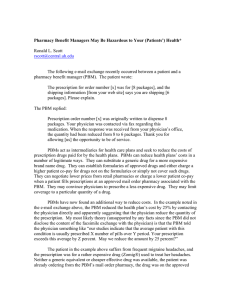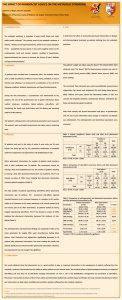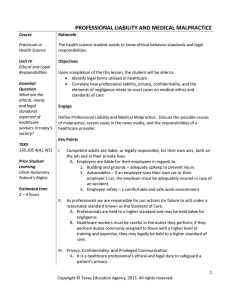Risk Management Quiz Questions
advertisement
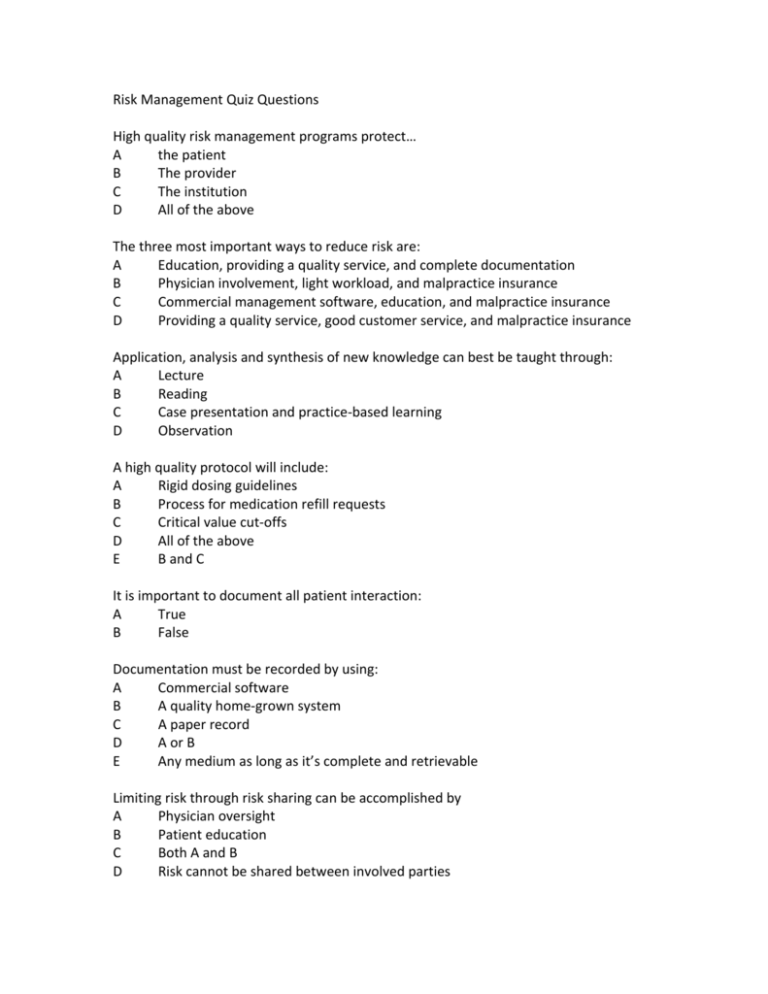
Risk Management Quiz Questions High quality risk management programs protect… A the patient B The provider C The institution D All of the above The three most important ways to reduce risk are: A Education, providing a quality service, and complete documentation B Physician involvement, light workload, and malpractice insurance C Commercial management software, education, and malpractice insurance D Providing a quality service, good customer service, and malpractice insurance Application, analysis and synthesis of new knowledge can best be taught through: A Lecture B Reading C Case presentation and practice‐based learning D Observation A high quality protocol will include: Rigid dosing guidelines A B Process for medication refill requests C Critical value cut‐offs D All of the above E B and C It is important to document all patient interaction: A True B False Documentation must be recorded by using: A Commercial software B A quality home‐grown system A paper record C D A or B E Any medium as long as it’s complete and retrievable Limiting risk through risk sharing can be accomplished by A Physician oversight B Patient education C Both A and B D Risk cannot be shared between involved parties Adhering to institutionally approved clinic policies helps to minimize the risk of the individual practitioner A True B False Quality improvement activities: A Increase risk B Decrease risk C Have no effect on risk When a pharmacist’s recommendations are reviewed and approved by a physician: A The physician assumes all the risk B The pharmacist still carries risk C The pharmacist does not need to document D The pharmacist can only bill for the lab test
